First Temple Visit
Updated November 12, 2024
New Year’s is widely regarded as Japan’s most important holiday, and because of the range of Japanese customs and activities that occur at this time, it is a fantastic time to visit.
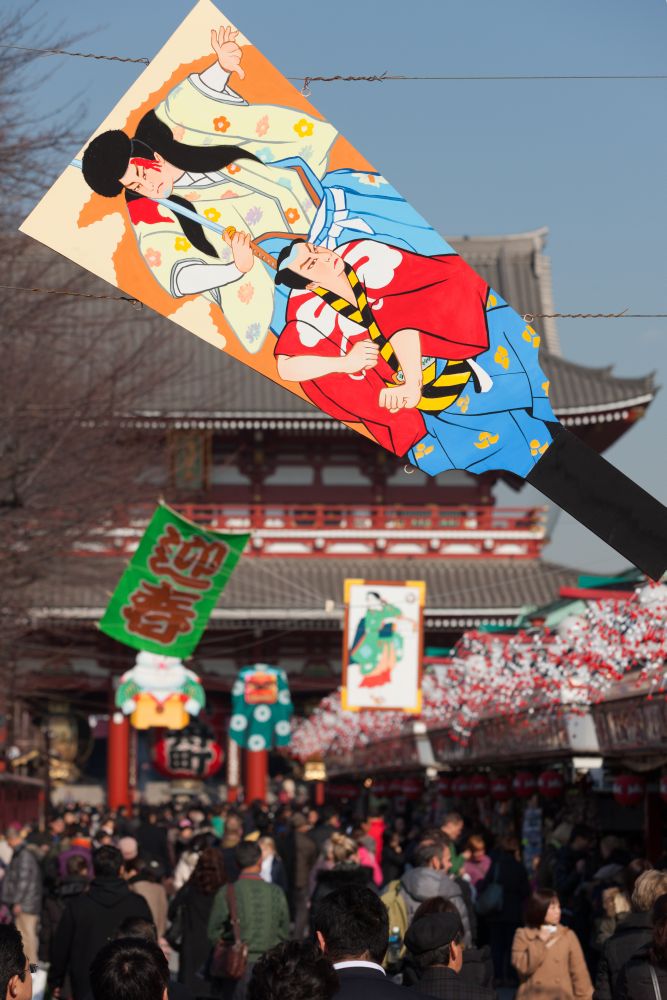
Hatsumode is one of these many customs, and is included in one of the many “first of the year” rituals. This particular tradition celebrates the first shrine or temple visit of the year.
Hatsumode is also one of the rare occasions during which men customarily wear a full kimono!
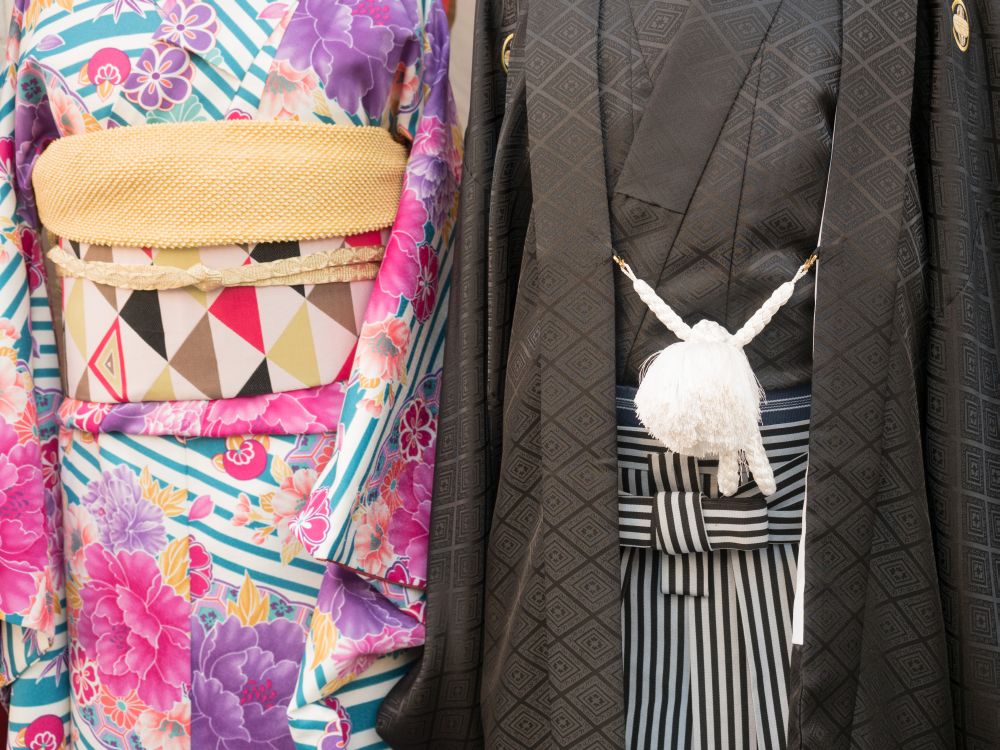
There are many temples and shrines across Japan, and almost every single one practices Hatsumode. January 1st is the most typical time to go, but since this day is often crowded, some families choose to go on the 2nd or 3rd.
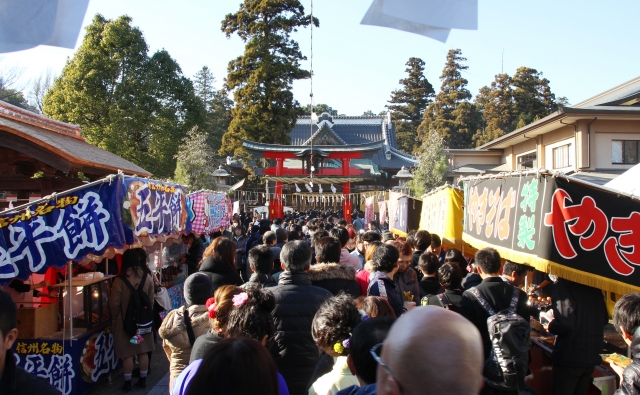
The most popular shrines will be decorated festively. These popular shrines – mostly in large areas such as Tokyo, Kyoto, Osaka, and Kamakura, attract over a million visitors over the New Year’s period each year. They have food stands and Japanese festival games set up lining the pathway to the temple, and have many lucky charms for sale.
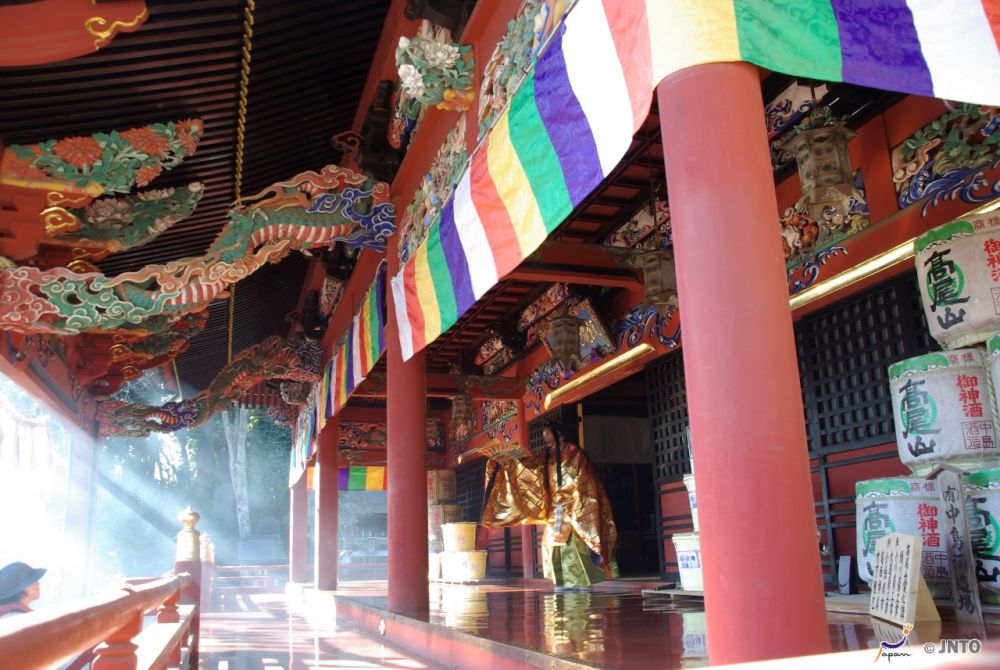
There are various charms in Japan that bless their owners with different wishes, but most of the charms sold on the New Year are engraved with prayers for a fortunate year to come. These charms are called omamori. Traditionally, visitors will bring their omamori from the previous year as well, and discard of them in a bucket or box at the shrine or temple. Later, the previous year’s omamori are burned by the shrine or temple staff.
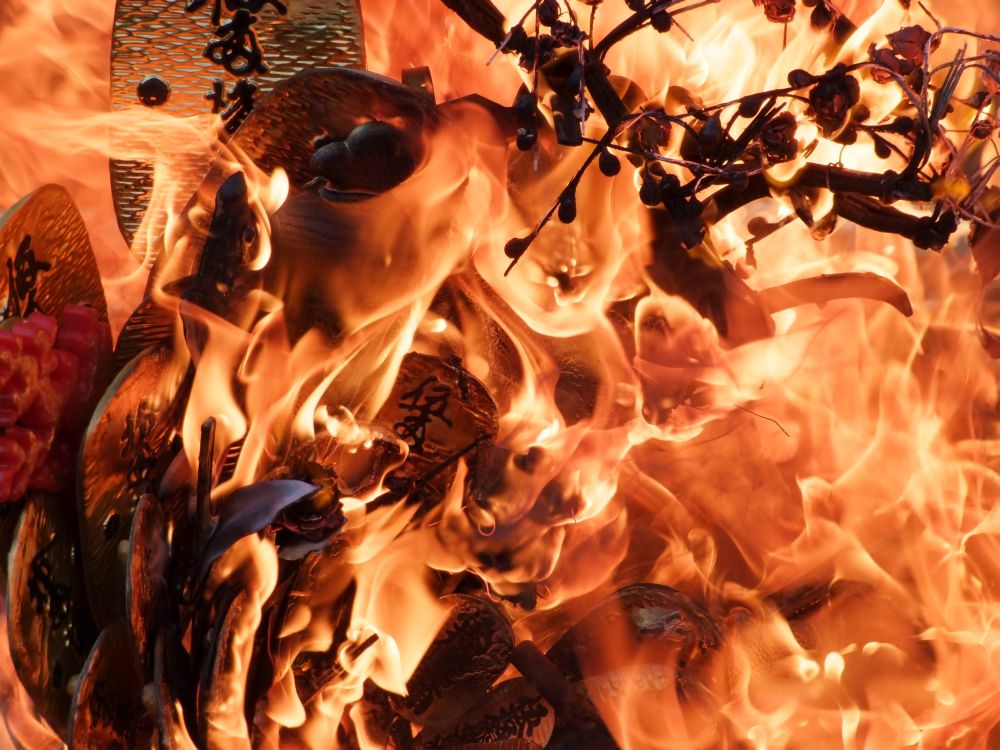
During Hatsumode, visitors make wishes and prayers for the year and buy omamori (good luck charms). In addition to this, visitors can buy a written oracle, called an omikuji in Japanese. If the omukuji predicts bad luck for you, you can tie it onto a special shrine or temple tree that will protect it from coming true! Most omikuji come with an accompanying omamori! It is often common for visitors to go home or to a relative or friend’s home after Hatsumode to drink special New Year’s sake. Sometimes, the sake contains edible gold flakes!
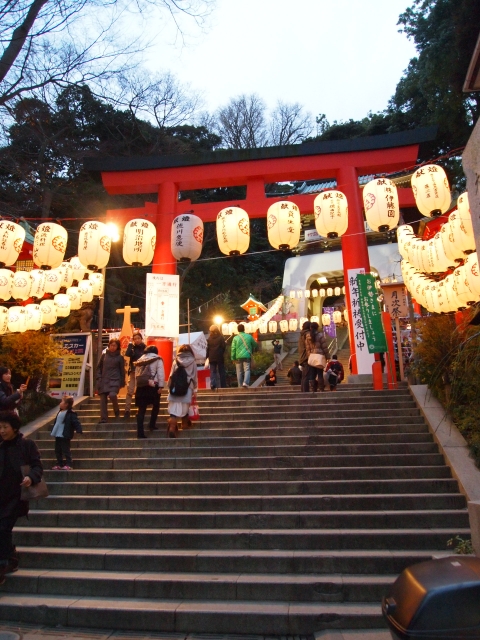
The most eventful part of the Hatsumode takes place around midnight on New Year’s Eve. At midnight, the temple’s grand bell is rung repeatedly to signify the end of the old year and the coming of the new. Like the New York Ball Drop in Times Square, many people gather around at each temple during this event to witness the official act denoting that the New Year has arrived.
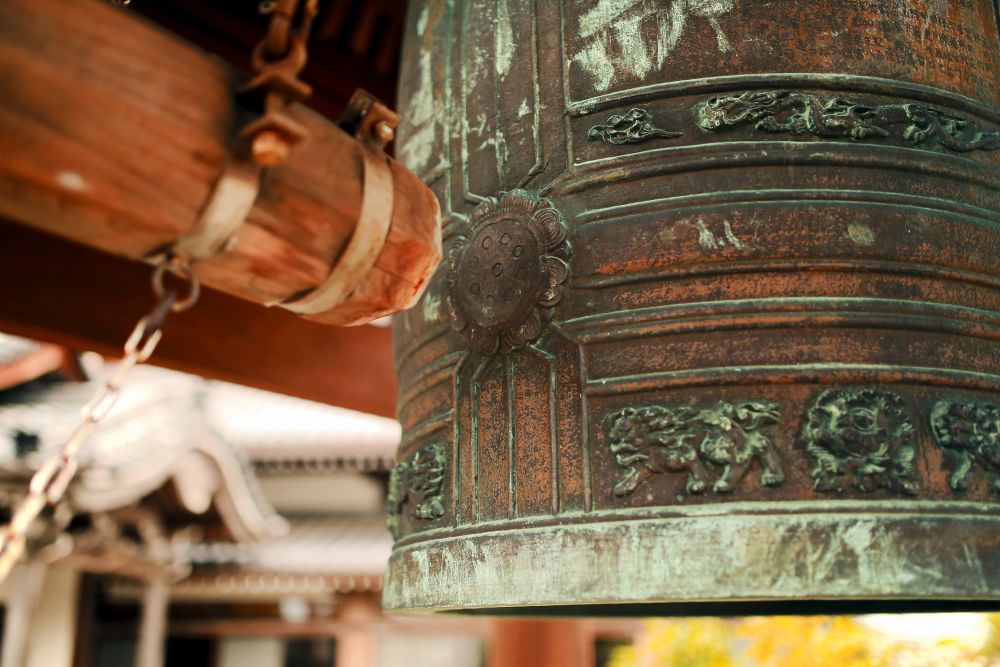
If you are planning on making a visit to Japan for the Japanese New Year, and wish to partake in the Hatsumode, be prepared with warm clothes – as the lineups to enter the temple and shrine prayer halls usually last an hour or more.
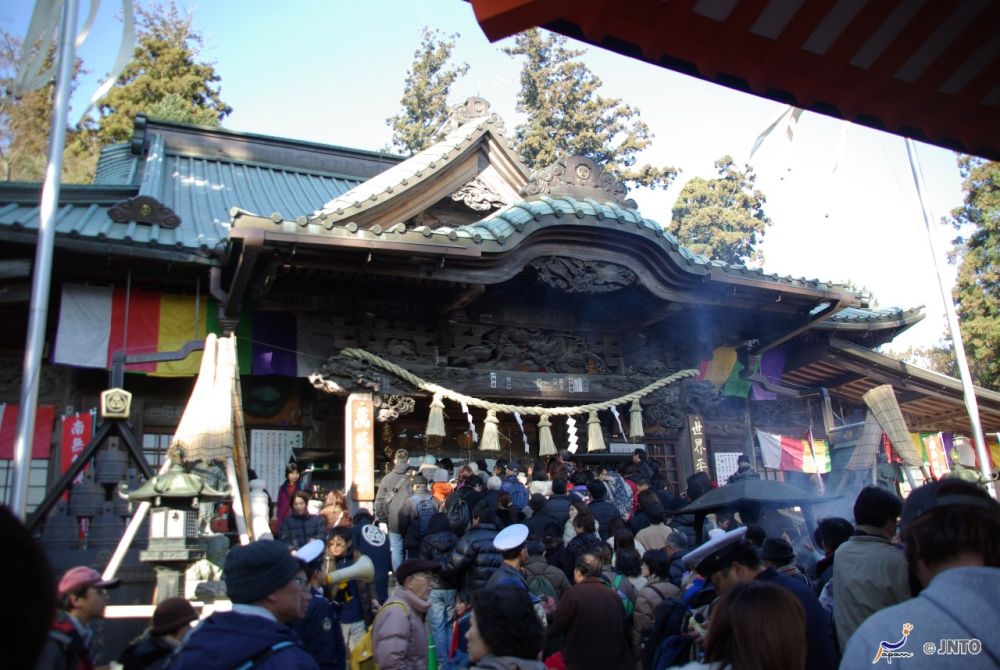
Most of the train lines that service stops close to temples and shrines in Japan operate all night long on New Year’s Eve to accommodate the many guests that may be commuting in order to celebrate the New Year!
